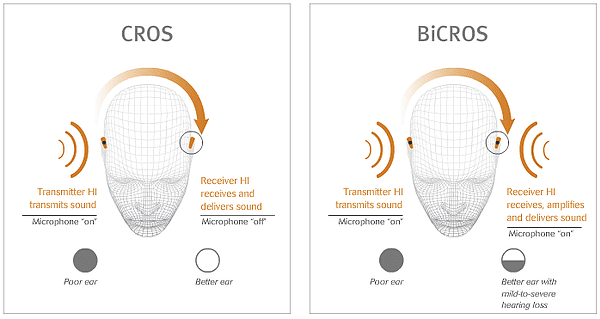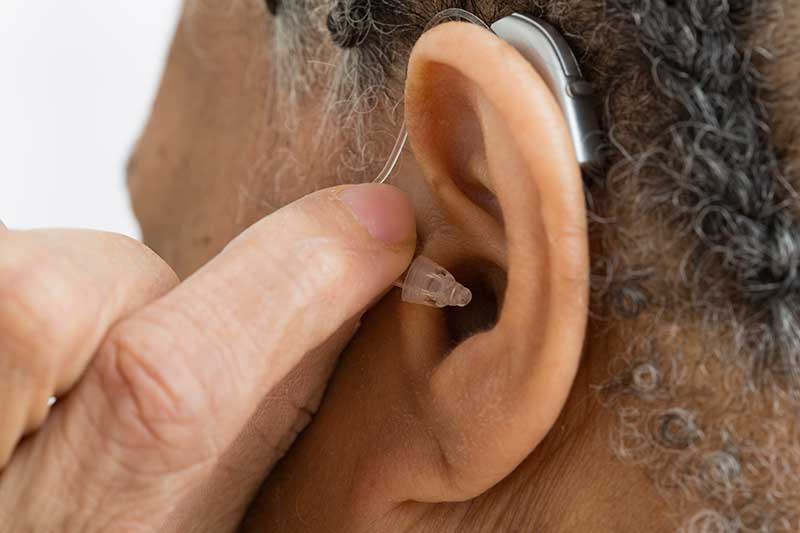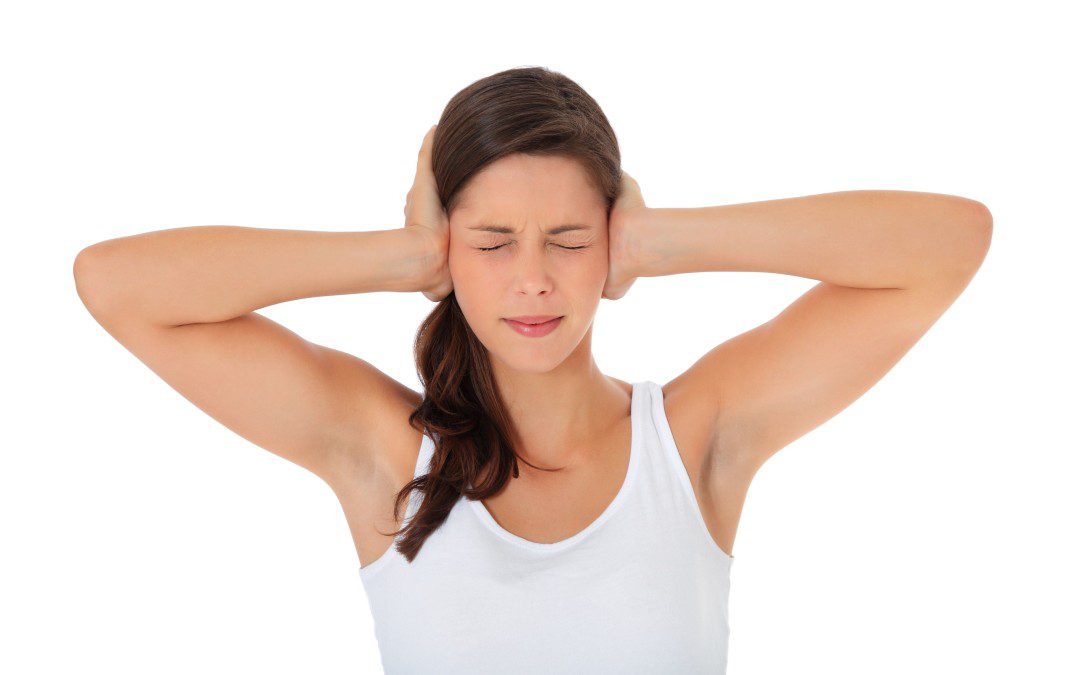
Mar 30, 2017
With so many youngsters exposing themselves to loud noise that can rob them of their hearing ability, it is important to develop new tests to detect adolescent hearing loss. If hearing loss is uncovered when it is mild, youngsters can be alerted to ways of modifying...

Mar 23, 2017
While the outer ear infection commonly known as “swimmer’s ear” is usually associated with young children and the summer months, it can occur at any age, at any time of the year. Moreover, swimming is only one possible cause. This outer ear infection occurs in the ear...

Mar 16, 2017
Unilateral hearing loss makes it difficult to sense distance and sound direction. Known as the “head shadowing effect,” listeners with good hearing in only one ear must tilt their heads toward the sound source in order to compensate for the shadowing effect. Hearing...

Mar 9, 2017
While many hearing specialists recommend that people with newly prescribed hearing instruments wear them all day when they are first fitted with the devices, not everyone can do so comfortably. Some individuals find that their sudden ability to hear sounds that they...

Mar 2, 2017
It is estimated that one in ten U.S. adults has experienced “tinnitus” during the past 12 months. These people experience ringing in one or both of their ears when there is no external sound present. Tinnitus is not a disease. It is a symptom of a problem in the...

Feb 28, 2017
As the leading provider of the most complete product portfolio of hearing instruments and wireless communication solutions, Phonak Audéo™ are pleased to announce that their Audéo B-R rechargeable hearing aid has been recognized for outstanding product design with the...







